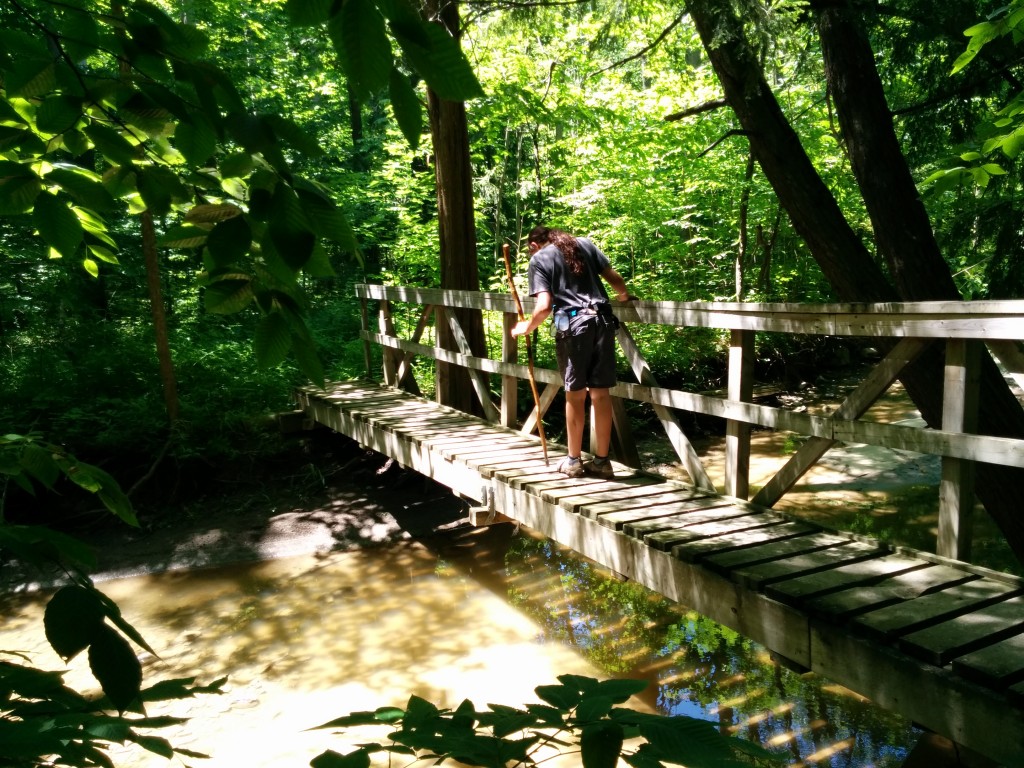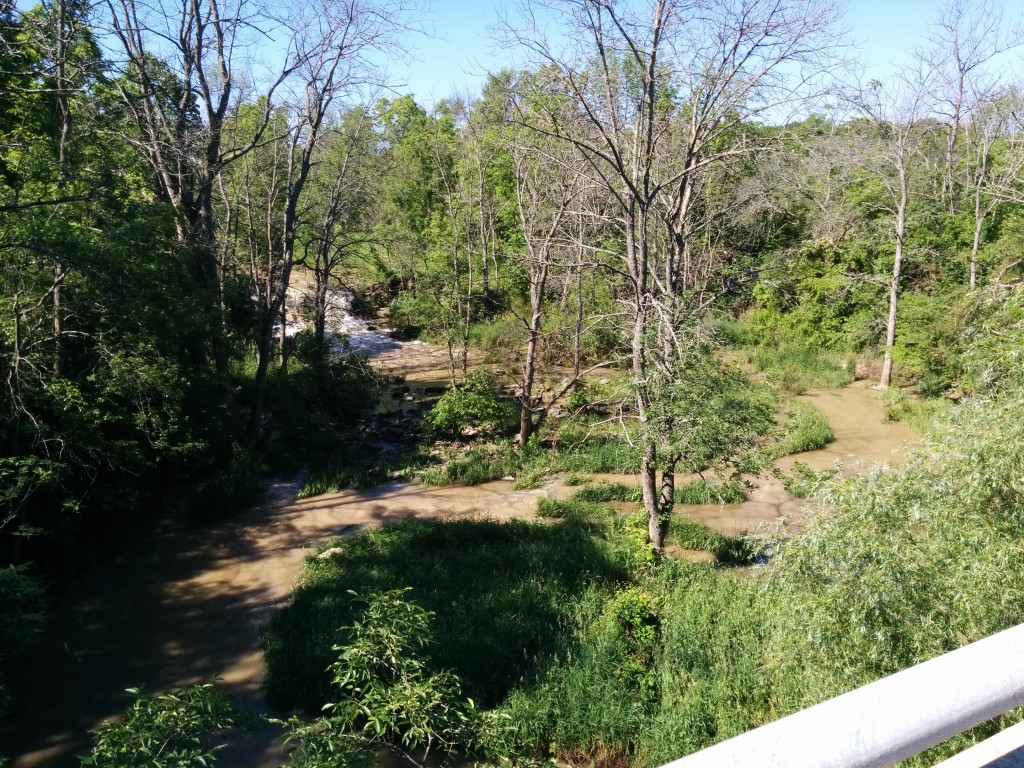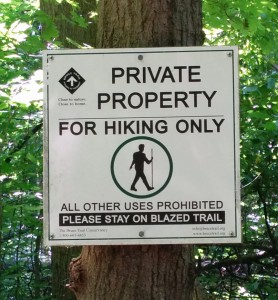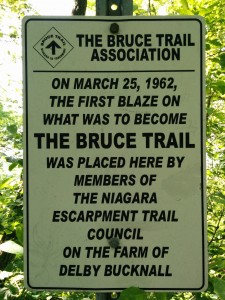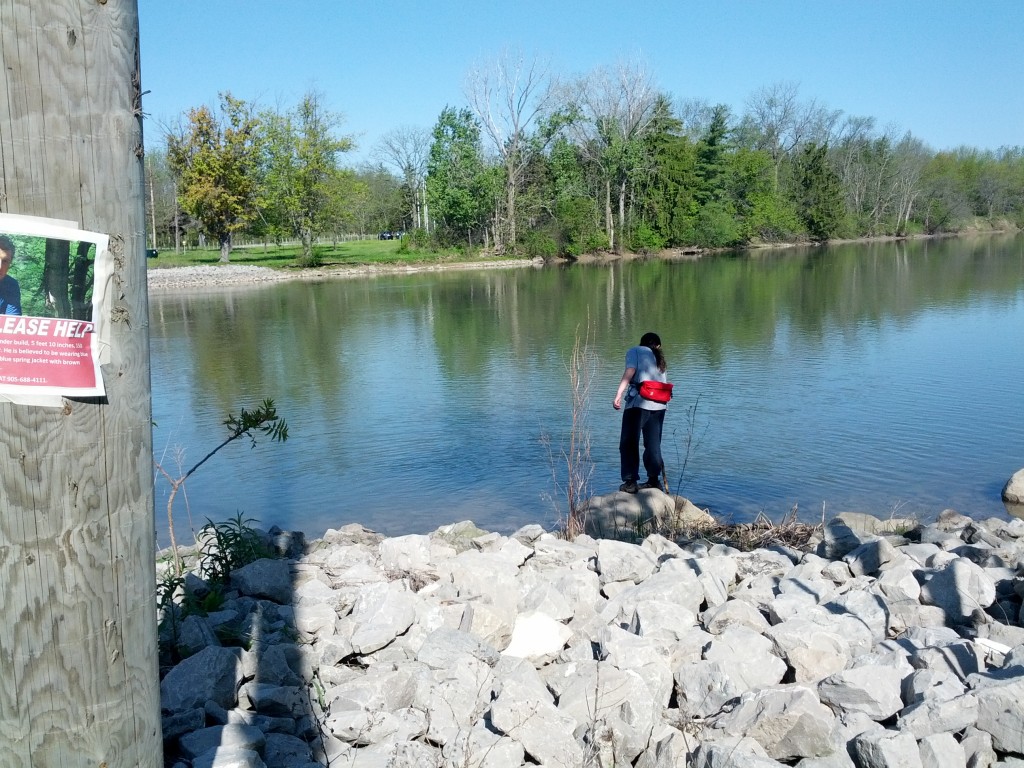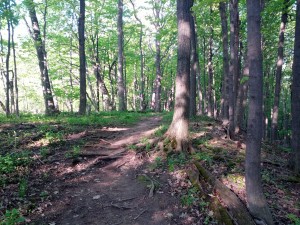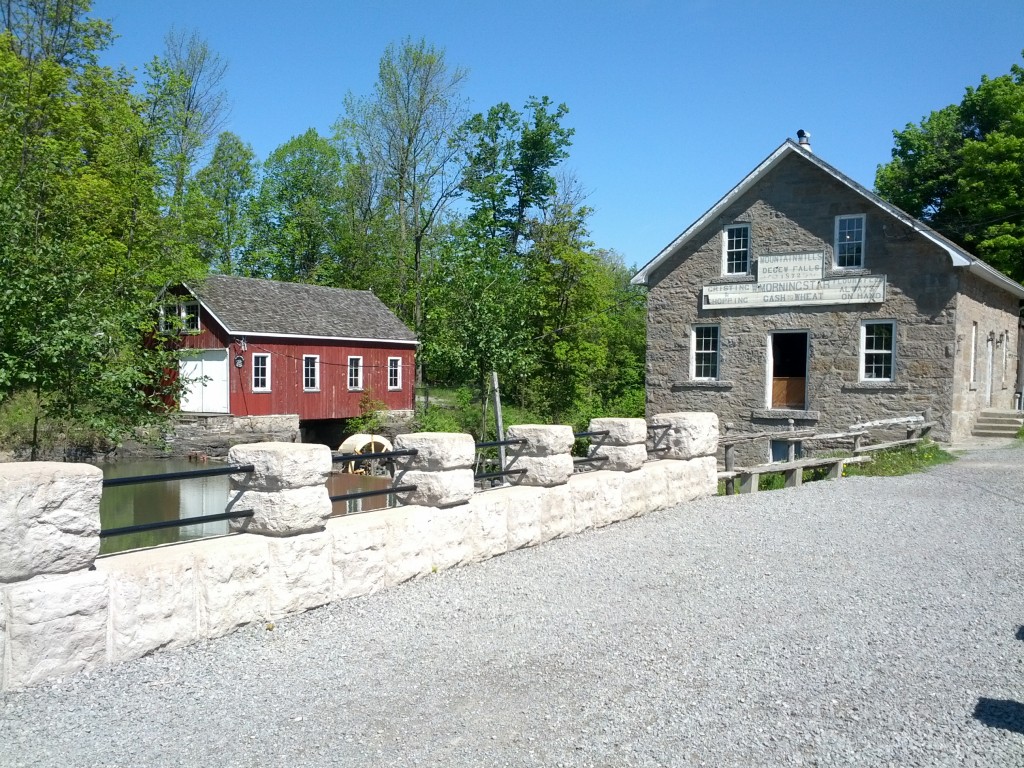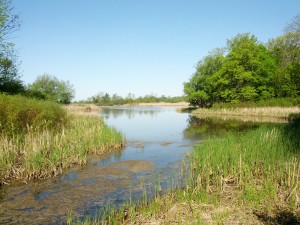Как Стать Анонимным в КРАКЕН ССЫЛКА: Руководство для Новичков
kraken onion привлекает пользователей своей анонимностью и конфиденциальностью. Однако, чтобы действительно оставаться анонимным, нужно следовать определенным правилам и использовать специальные инструменты. В этой статье мы рассмотрим основные шаги, которые помогут вам стать анонимным kraken onion.
1. Используйте специальное программное обеспечение
Для обеспечения анонимности kraken onion вам потребуется специализированное программное обеспечение, такое как Tor (The Onion Router). Tor – это бесплатное и открытое программное обеспечение, которое позволяет пользователю обходить цензуру и оставаться анонимным в интернете. Оно достигает этого путем маршрутизации вашего интернет-трафика через различные узлы, что делает его очень сложным для отслеживания.
2. Настройте Tor правильно
После установки Tor вам нужно будет правильно его настроить, чтобы обеспечить максимальную анонимность. Включите функцию “Подключение через мосты” для обхода цензуры, а также проверьте настройки безопасности и приватности.
3. Используйте VPN
В дополнение к Tor можно использовать VPN (виртуальную частную сеть), чтобы дополнительно защитить вашу анонимность kraken onion. VPN шифрует ваш интернет-трафик и маскирует ваш реальный IP-адрес, делая ваше пребывание в сети еще более анонимным.
4. Не используйте личные данные
При создании учетной записи kraken onion или общении в сети Даркнет никогда не используйте свои реальные личные данные. Используйте вымышленные и анонимные идентификаторы, чтобы избежать идентификации.
5. Обязательно используйте шифрование
Шифрование играет важную роль в обеспечении безопасности и анонимности kraken onion. Всегда используйте шифрование для защиты вашей личной информации и конфиденциальных данных.
6. Изучите правила безопасности
Прежде чем начать пользоваться kraken ссылка, обязательно изучите правила безопасности и соблюдайте их. Это поможет вам избежать многих проблем и негативных последствий.
7. Помните о своей цифровой безопасности
Важно помнить, что kraken ссылка могут быть различные угрозы и риски, поэтому всегда следите за своей цифровой безопасностью. Не открывайте подозрительные ссылки, не скачивайте ненадежное программное обеспечение и не делитесь своей личной информацией с непроверенными источниками.
Стать анонимным kraken ссылка не так уж и сложно, если вы следуете правилам безопасности и используете специальное программное обеспечение. Помните об этих советах и останьтесь анонимными в сети Даркнет.
Как Стать Анонимным в КРАКЕН ОНИОН ДАРКНЕТ: Руководство по Защите Личной Информации
kraken ссылка, известная своей анонимностью и конфиденциальностью, привлекает внимание многих пользователей, заинтересованных в сохранении своей личной информации. В этой статье мы рассмотрим, как можно стать анонимным kraken ссылка, чтобы обеспечить безопасность и защиту своей личной жизни.
1. Использование виртуальной частной сети (VPN)
Виртуальная частная сеть (VPN) является одним из основных инструментов для обеспечения анонимности kraken даркнет ссылка. VPN создает зашифрованное соединение между вашим устройством и удаленным сервером, скрывая ваш реальный IP-адрес и маскируя ваше местоположение. При выборе VPN провайдера убедитесь, что он не хранит логи активности пользователей и обеспечивает надежное шифрование данных.
2. Использование анонимных браузеров
Специальные анонимные браузеры, такие как Tor Browser, обеспечивают дополнительный уровень анонимности при работе kraken даркнет ссылка. Tor использует многоуровневую систему маршрутизации, перенаправляя ваш трафик через несколько узлов, что делает его практически невозможным для отслеживания. Кроме того, Tor Browser включает в себя дополнительные функции, такие как блокировка скриптов и cookies, усиливающие вашу анонимность.
3. Использование криптовалют
При совершении покупок или проведении финансовых операций kraken даркнет ссылка, использование криптовалюты, такой как Bitcoin, Ethereum или Monero, может помочь обеспечить анонимность. Криптовалюты позволяют совершать транзакции без раскрытия личной информации, такой как имя и банковые реквизиты.
4. Обеспечение безопасности устройства
Обеспечение безопасности вашего устройства играет ключевую роль в обеспечении анонимности kraken даркнет ссылка. Убедитесь, что ваш компьютер или мобильное устройство защищены паролем, используйте антивирусное программное обеспечение и регулярно обновляйте программное обеспечение, чтобы избежать уязвимостей.
5. Использование анонимных почтовых сервисов
При регистрации kraken даркнет ссылка в Даркнете, используйте анонимные почтовые сервисы, которые не требуют предоставления личной информации при регистрации. Это поможет избежать связи между вашим аккаунтом и вашей реальной личностью.
6. Избегайте обмена личной информацией
При общении с другими пользователями kraken даркнет ссылка, избегайте обмена личной информацией, такой как имя, адрес или номер телефона. Помните, что любая информация, которую вы делитесь в интернете, может быть использована против вас.
7. Поддерживайте анонимность в поведении
Наконец, помните о том, что поддержание анонимности kraken даркнет ссылка начинается с вашего собственного поведения. Избегайте публикации личной информации в социальных сетях или форумах, следите за тем, какие данные вы делитесь с другими пользователями, и будьте осторожны при совершении онлайн-транзакций.
В заключение, обеспечение анонимности кракен сайт зеркало требует соблюдения ряда мер безопасности и использования специализированных инструментов, таких как VPN и анонимные браузеры. Помните о важности защиты личной информации и будьте внимательны при совершении онлайн-операций.
Даркнет-площадка кракен сайт зеркало: Обзор, Особенности и Риски
Даркнет, часть интернета, недоступная обычным поисковым системам, привлекает внимание многих пользователей своей анонимностью и свободой. Однако, как и в любой среде, существует риск столкнуться с нелегальными или опасными активностями. В данной статье мы рассмотрим одну из наиболее известных даркнет-площадок – кракен сайт зеркало – ее особенности, преимущества и риски.
Что такое кракен сайт зеркало?
кракен сайт ссылка настоящая – это одна из крупнейших и наиболее известных даркнет-площадок, специализирующаяся на торговле запрещенными и контрабандными товарами и услугами. Эта платформа имеет множество подкатегорий, включая наркотики, фальшивые документы, оружие, краденые данные, услуги хакеров и многое другое.
Особенности кракен сайт ссылка настоящая:
1. Анонимность: Пользователи кракен сайт ссылка настоящая могут оставаться анонимными благодаря использованию анонимных браузеров, таких как Tor, и защищенным методам оплаты, таким как криптовалюты.
2. Широкий ассортимент товаров: кракен сайт ссылка настоящая предлагает широкий выбор запрещенных товаров и услуг, что делает ее одним из наиболее популярных мест для торговли в даркнете.
3. Обслуживание пользователей: Пользователи кракен сайт ссылка настоящая могут получить доступ к поддержке и помощи от администрации площадки, что повышает удобство использования.
Риски и Опасности:
1. Нелегальные действия: Использование кракен сайт тор ссылка для покупки или продажи запрещенных товаров может привести к юридическим последствиям и уголовной ответственности.
2. Мошенничество: Среди продавцов на кракен сайт тор ссылка могут встречаться мошенники, предлагающие фальшивые товары или услуги, что может привести к финансовым потерям для покупателей.
3. Кибербезопасность: Использование даркнет-площадок, в том числе и кракен сайт тор ссылка, предполагает риск стать жертвой кибератаки или кражи личной информации.
Заключение КРАКЕН ССЫЛКА:
Хотя кракен сайт тор ссылка и другие даркнет-площадки могут предоставлять доступ к широкому ассортименту товаров и услуг, использование их сопряжено с высокими рисками. Пользователи должны быть осведомлены о потенциальных опасностях и принимать соответствующие меры предосторожности, чтобы минимизировать свои риски при взаимодействии с этими площадками.
Даркнет-площадка кракен ссылка зеркало: Обзор и Руководство для Пользователей
Даркнет-площадка кракен ссылка зеркало – это одна из крупнейших и самых известных онлайн-торговых площадок в теневом интернете. Она предоставляет доступ к различным товарам и услугам, включая наркотики, документы, электронику и многое другое. В этой статье мы рассмотрим особенности кракен ссылка зеркало, ее работу и безопасность для пользователей.
1. Введение в кракен ссылка зеркало
кракен ссылка зеркало начала свою деятельность в 2011 году и с тех пор стала одной из самых популярных и долгоживущих даркнет-площадок. Сайт доступен только через анонимные браузеры, такие как Tor, и оперирует на территории России и ряда других стран.
2. Товары и услуги
На рабочая ссылка на кракен можно найти широкий ассортимент товаров и услуг:
• Наркотики: рабочая ссылка на кракен является одним из крупнейших поставщиков наркотиков в даркнете. Здесь можно найти различные виды наркотиков, начиная от марихуаны и заканчивая тяжелыми наркотиками.
• Документы: Сервис предоставляет возможность приобретения поддельных документов, включая паспорта, водительские удостоверения и дипломы.
• Электроника: На рабочая ссылка на кракен можно купить различные электронные устройства, включая смартфоны, ноутбуки и даже оружие.
• Услуги: Помимо товаров, рабочая ссылка на кракен предлагает различные услуги, такие как хакерские услуги, услуги курьеров и многое другое.
3. Безопасность для пользователей
Безопасность на рабочая ссылка на кракен является одним из важнейших аспектов, учитывая нелегальную природу многих предлагаемых товаров. Сайт предоставляет ряд мер безопасности, чтобы защитить личные данные пользователей и обеспечить конфиденциальность операций:
• Шифрование данных: Вся связь между пользователем и сайтом рабочая ссылка на кракен защищена шифрованием, что предотвращает прослушивание и перехват данных третьими лицами.
• Гарантированная анонимность: Пользователи могут регистрироваться на сайте без предоставления личной информации, что обеспечивает анонимность при использовании платформы.
• Отзывы и рейтинги: рабочая ссылка на кракен предоставляет систему отзывов и рейтингов для продавцов и покупателей, что помогает пользователям принимать информированные решения о сделках.
• Защита от мошенничества: Сайт предоставляет гарантии безопасности для пользователей и защищает их от мошеннических действий.
4. Как начать пользоваться кракен вход ссылка
Для того чтобы начать использовать кракен вход ссылка, пользователи должны сначала установить анонимный браузер, такой как Tor Browser, для доступа к сайту. Затем необходимо создать учетную запись на платформе и пополнить баланс для совершения покупок. Пользователям кракен вход ссылка также рекомендуется ознакомиться с правилами и политикой сайта, чтобы избежать возможных проблем и неприятностей.
5. Заключение
кракен вход ссылка представляет собой крупнейшую и наиболее популярную даркнет-площадку, предлагающую широкий выбор товаров и услуг. Несмотря на свою популярность, важно помнить, что многие товары и услуги, предлагаемые на кракен вход ссылка, являются нелегальными, и использование платформы может быть противозаконным в некоторых странах. Пользователям следует проявлять осторожность и осознанность при использовании “Гидры” и других даркнет-площадок.
Даркнет-площадка кракен вход ссылка: Взгляд изнутри
Даркнет, мрачная сторона интернета, скрывает множество таинственных сайтов и площадок, среди которых выделяется кракен площадка ссылка. Эта даркнет-площадка, как и многие другие, предлагает широкий спектр товаров и услуг, но своими особенностями и репутацией заслуживает особого внимания. В этой статье мы рассмотрим, что такое кракен площадка ссылка, как она работает и что делает ее особенной.
1. Что такое кракен площадка ссылка?
кракен площадка ссылка – это даркнет-площадка, которая оперирует в скрытой части интернета и предоставляет доступ к разнообразным товарам и услугам. Она известна своим широким ассортиментом наркотиков, оружия, краденых товаров, фальшивых документов и других нелегальных продуктов. В то же время кракен площадка ссылка также предлагает услуги по хакингу, анонимности и другие темные услуги.
2. Особенности рабочая ссылка на кракен
• Широкий ассортимент: рабочая ссылка на кракен предлагает огромный выбор товаров и услуг, что делает ее одной из самых популярных даркнет-площадок среди пользователей, ищущих нелегальные продукты и услуги.
• Анонимность: Сайт рабочая ссылка на кракен обеспечивает высокий уровень анонимности для своих пользователей, позволяя им совершать сделки без опасения быть выслеженными правоохранительными органами.
• Защита от мошенничества: рабочая ссылка на кракен предоставляет систему рейтингов и отзывов, которая помогает пользователям принимать информированные решения и избегать мошенничества.
3. Как пользоваться рабочая ссылка на кракен?
Для использования рабочая ссылка на кракен пользователи должны иметь доступ к даркнету с помощью анонимных браузеров, таких как Tor. Затем они могут зарегистрироваться на площадке, создать учетную запись кракен официальный сайт ссылка и начать искать нужные товары или услуги с помощью поиска или навигации по категориям. После выбора товара или услуги пользователи могут связаться с продавцом, совершить сделку и оплатить ее с помощью криптовалюты или других анонимных методов платежа.
4. Заключение КРАКЕН ОНИОН
кракен официальный сайт ссылка – это одна из ведущих даркнет-площадок, предоставляющая доступ к широкому ассортименту нелегальных товаров и услуг. Несмотря на свою популярность и удобство использования, важно помнить, что деятельность на кракен официальный сайт ссылка может быть незаконной и представлять опасность для пользователей. Поэтому следует проявлять осторожность и осознанность при использовании этой площадки.
Погружение в мир кракен официальный сайт ссылка: Обзор даркнет-площадки
Даркнет-площадка кракен даркнет — это одна из многочисленных онлайн-платформ в теневом интернете, предлагающая широкий ассортимент товаров и услуг, включая наркотики, оружие, электронику, краденные данные и многое другое. В этой статье мы рассмотрим особенности кракен даркнет, его деятельность и последствия для пользователей.
1. Введение в КРАКЕН ДАРКНЕТ
кракен даркнет является одной из старейших и наиболее устойчивых даркнет-площадок, начавшей свою деятельность в начале 2010-х годов. Сайт доступен только через анонимные браузеры, такие как Tor, и является популярным местом для покупки и продажи нелегальных товаров и услуг.
2. Ассортимент товаров и услуг
На кракен даркнет представлены различные категории товаров и услуг:
• Наркотики: Платформа является крупным поставщиком наркотиков в даркнете. Здесь можно найти различные виды наркотиков, начиная от марихуаны и заканчивая опиатами и синтетическими наркотиками.
• Оружие: кракен даркнет предлагает широкий выбор оружия и боеприпасов, включая стрелковое, холодное и взрывчатое оружие.
• Электроника: Пользователи могут приобрести различные электронные устройства, включая смартфоны, ноутбуки, камеры и другие гаджеты.
Услуги: Кроме того, на платформе представлены различные услуги, такие как хакерские услуги, услуги по взлому, мошенничество и другие.
3. Безопасность для пользователей
Безопасность на кракен даркнет — это один из самых важных аспектов, учитывая нелегальный характер многих представленных товаров и услуг. Сайт предоставляет ряд мер безопасности для защиты пользователей:
• Анонимность: Пользователи могут регистрироваться на сайте без предоставления личной информации, что обеспечивает анонимность при использовании платформы.
• Шифрование данных: Вся связь между пользователем и сайтом кракен ссылка защищена шифрованием, что предотвращает перехват данных третьими лицами.
• Система отзывов и рейтингов: кракен ссылка предоставляет систему отзывов и рейтингов для продавцов и покупателей, что помогает пользователям принимать информированные решения о сделках.
• Защита от мошенничества: Сайт предоставляет гарантии безопасности для пользователей и защищает их от мошеннических действий.
4. Как начать использовать Блэк Спрут
Для того чтобы начать пользоваться кракен ссылка, пользователи должны установить анонимный браузер, такой как Tor Browser, для доступа к сайту. Затем необходимо создать учетную запись на платформе и пополнить баланс для совершения покупок. Пользователям кракен ссылка также рекомендуется ознакомиться с правилами и политикой сайта, чтобы избежать возможных проблем и неприятностей.
5. Заключение КРАКЕН ОНИОН ССЫЛКА
кракен ссылка представляет собой крупную даркнет-площадку с широким ассортиментом товаров и услуг. Однако важно помнить, что многие товары и услуги на платформе являются нелегальными, и использование кракен ссылка может быть противозаконным в некоторых странах. Пользователям следует проявлять осторожность и осознанность при использовании платформы и соблюдать законодательство своей страны.
Даркнет-площадка кракен онион ссылка: Обзор и Руководство для Пользователей
Даркнет-площадка кракен онион ссылка является одной из ведущих онлайн-торговых площадок в теневом интернете. В этой статье мы рассмотрим особенности кракен онион ссылка ее работу, ассортимент товаров и услуг, а также предоставим руководство для пользователей.
1. Введение в кракен онион ссылка
кракен онион ссылка начала свою деятельность несколько лет назад и за короткий срок стала одной из самых популярных и надежных даркнет-площадок. Сайт доступен только через анонимные браузеры, такие как Tor, и предоставляет доступ к различным товарам и услугам.
2. Товары и услуги КРАКЕН ДАРКНЕТ
На кракен онион ссылка можно найти широкий ассортимент товаров и услуг:
• Наркотики: kraken ссылка предлагает различные виды наркотиков, начиная от мягких до тяжелых наркотических веществ.
• Документы: Сервис предоставляет возможность приобретения поддельных документов, включая паспорта, водительские удостоверения, и другие.
• Электроника: На площадке можно купить различные электронные устройства, включая смартфоны, ноутбуки, компьютеры и многое другое.
• Услуги: Помимо товаров, kraken ссылка предлагает различные услуги, такие как хакерские услуги, услуги курьеров и многое другое.
3. Безопасность для пользователей КРАКЕН САЙТ
Безопасность на kraken ссылка является одним из важнейших аспектов:
• Шифрование данных: Вся связь между пользователем и сайтом kraken ссылка защищена шифрованием, что предотвращает прослушивание и перехват данных третьими лицами.
• Анонимность: Пользователи kraken ссылка могут регистрироваться на сайте без предоставления личной информации, что обеспечивает анонимность при использовании платформы.
• Отзывы и рейтинги: kraken ссылка предоставляет систему отзывов и рейтингов для продавцов и покупателей, что помогает пользователям принимать информированные решения о сделках.
• Защита от мошенничества: Сайт предоставляет гарантии безопасности для пользователей и защищает их от мошеннических действий.
4. Как начать пользоваться ссылка на кракен
Для того чтобы начать использовать ссылка на кракен пользователи должны сначала установить анонимный браузер, такой как Tor Browser, для доступа к сайту. Затем необходимо создать учетную запись на платформе и пополнить баланс для совершения покупок. Пользователям ссылка на кракен также рекомендуется ознакомиться с правилами и политикой сайта, чтобы избежать возможных проблем и неприятностей.
5. Заключение KRAKEN ONION
ссылка на кракен представляет собой крупную и надежную даркнет-площадку, предлагающую широкий выбор товаров и услуг. Пользователям следует проявлять осторожность и осознанность при использовании ” ссылка на кракен и других даркнет-площадок, учитывая нелегальную природу многих предлагаемых товаров и услуг.
Появление Даркнет-площадки ссылка на kraken: Вехи Истории и Особенности
Даркнет-площадка ссылка на kraken – это одна из самых обсуждаемых и востребованных платформ в теневом интернете. Ее появление и развитие вызвали огромный интерес у пользователей и исследователей. В данной статье мы рассмотрим историю появления площадки ссылка на kraken, ее особенности и влияние на даркнет-сообщество.
1. История ссылка на kraken
ссылка на kraken была основана в начале 2010-х годов как ответ на ряд проблем, с которыми столкнулись пользователи обычных интернет-площадок. Основатели kraken onion стремились создать безопасное и анонимное пространство для обмена информацией и продажи товаров и услуг.
С самого начала ” kraken onion привлекла внимание пользователей своей простотой использования, широким ассортиментом товаров и высоким уровнем безопасности. Благодаря этим характеристикам площадка быстро стала одной из самых популярных в даркнете.
2. Особенности kraken onion
kraken onion отличается рядом особенностей, которые делают ее привлекательной для пользователей:
• Шифрование данных: Вся связь между пользователями и платформой кракен даркнет ссылка защищена криптографическими методами, обеспечивая высокий уровень конфиденциальности и безопасности.
• Анонимность: Пользователи могут регистрироваться на кракен даркнет ссылка без предоставления личной информации, что делает их действия полностью анонимными.
• Широкий ассортимент товаров: На кракен даркнет ссылка можно найти практически любые товары и услуги, начиная от наркотиков и фальшивых документов и заканчивая электроникой и услугами хакеров.
• Система рейтингов и отзывов: Платформа предоставляет систему рейтингов и отзывов, которая помогает пользователям принимать информированные решения о сделках и оценивать надежность продавцов.
3. Влияние кракен даркнет ссылка на даркнет-сообщество
правильная ссылка на кракен оказала значительное влияние на даркнет-сообщество, изменив взгляд пользователей на безопасность и анонимность в интернете. Ее появление стало важным шагом в развитии даркнета и позволило многим пользователям правильная ссылка на кракен получить доступ к товарам и услугам, которые ранее были недоступны.
Однако, также следует отметить, что правильная ссылка на кракен и другие даркнет-площадки часто становятся объектами интереса правоохранительных органов и подвергаются закрытию или блокировке. Поэтому пользователям правильная ссылка на кракен следует проявлять осторожность и соблюдать все необходимые меры безопасности при использовании площадок в теневом интернете.
4. Заключение KRAKEN DARKENT
правильная ссылка на кракен играет значительную роль в мире теневого интернета, предоставляя пользователям возможность обмениваться информацией и совершать покупки анонимно и безопасно. Ее появление и успешное развитие подчеркивают важность анонимности и конфиденциальности в онлайн-пространстве и продемонстрировали спрос на подобные площадки среди пользователей.
